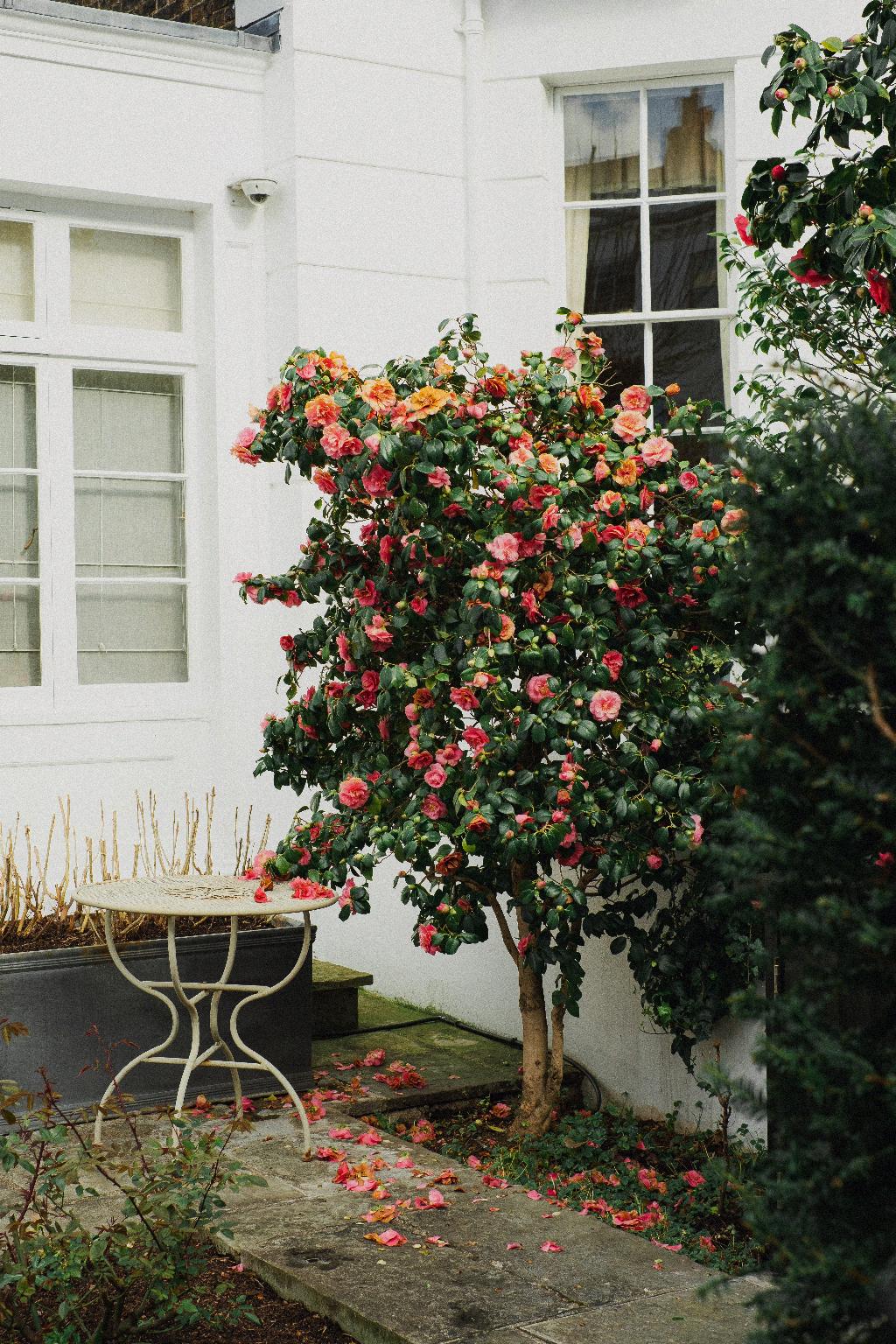When it comes to the alarming sight of gardenia leaves turning yellow, it’s crucial to investigate the root cause of this issue. While root rot is a common concern, if it doesn’t seem to be the culprit, the leading reason for yellowing gardenia leaves usually points to a nutrient deficiency.
The manifestation of yellowing in multiple older gardenia leaves can often be attributed to a lack of essential nutrients, particularly nitrogen or magnesium. These vital elements play a key role in maintaining the plant’s overall health and vitality.
In contrast, when younger gardenia leaves start to exhibit a yellow hue, the primary suspect is usually a deficiency in iron. Iron plays a critical role in chlorophyll production, which is essential for the plant’s ability to photosynthesize and thrive.
It is important to note that yellowing leaves can also be a sign of stress in gardenias. Environmental factors such as excessive sunlight, improper watering techniques, or extreme temperatures can all contribute to leaf discoloration and should be considered when addressing this issue.
To prevent yellowing of gardenia leaves due to nutrient deficiencies, it is imperative to provide the plant with a balanced fertilizer that contains essential micronutrients such as nitrogen, magnesium, and iron. Regular fertilization during the growing season can help maintain the plant’s nutrient levels and promote healthy leaf growth.
In addition to proper fertilization, ensuring that the gardenia plant is situated in the right environmental conditions is crucial. Adequate sunlight exposure, well-draining soil, and consistent watering practices are essential for the overall health and well-being of gardenias, helping to prevent leaf yellowing caused by environmental stress.
Regular monitoring of the gardenia plant for any signs of pest infestations or diseases is also key in preventing yellowing leaves. Insects such as aphids or scale insects can damage the plant and lead to nutrient deficiencies, resulting in leaf discoloration.
When addressing yellowing gardenia leaves, it is essential to take a proactive approach and address the underlying causes promptly. By identifying and resolving nutrient deficiencies, adjusting environmental conditions, and monitoring for pests, gardeners can help restore the plant’s health and vibrancy.
In some cases, pruning may be necessary to remove any damaged or diseased foliage, allowing the plant to redirect its energy towards new growth and overall recovery. Proper pruning techniques can help promote airflow and sunlight penetration, further aiding in the prevention of leaf yellowing.
Proper care and maintenance of gardenia plants, including regular watering, fertilization, and monitoring for pests, are vital in preventing leaf yellowing and promoting overall plant health. By staying vigilant and attentive to the plant’s needs, gardeners can ensure that their gardenias thrive and display their iconic lush green foliage.
In conclusion, while the sight of yellowing gardenia leaves can be concerning, understanding the potential causes behind this issue and implementing proactive measures can help address the problem effectively. By providing the plant with essential nutrients, maintaining optimal growing conditions, and practicing diligent care, gardeners can enjoy healthy, vibrant gardenias with lush green leaves for years to come.

